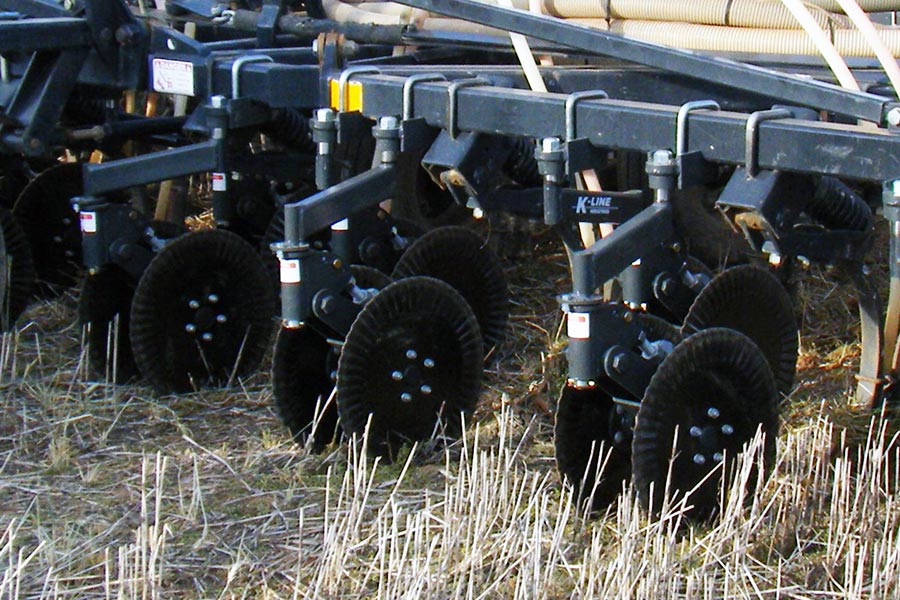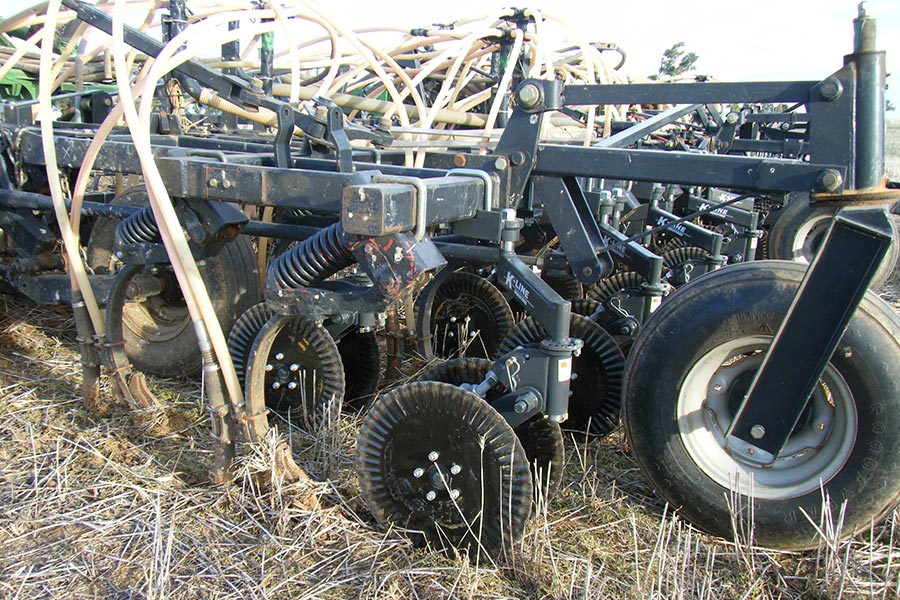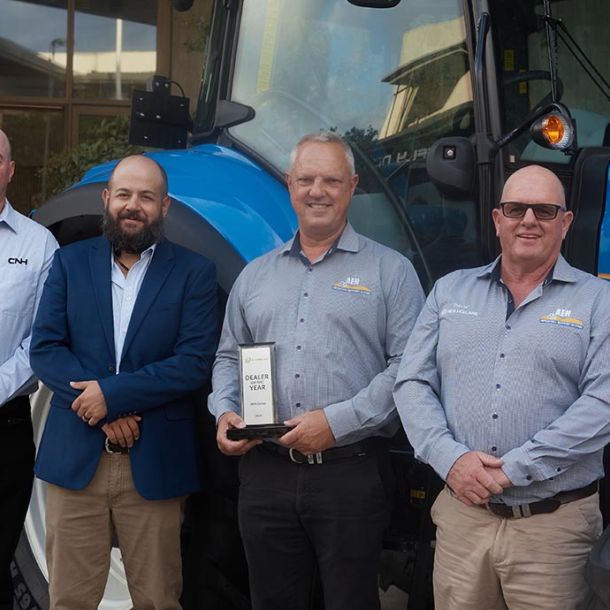Coulters: 3 Reasons Why Your Seeder Needs Them
The word “coulter” comes from the Latin word “cutler” meaning knife. That description is an excellent thing for farmers to keeps in mind when they’re considering adding coulters to their seeding equipment setup. When utilising a coulter with a seeding machine, farmers can accomplish several important soil health and crop efficiency steps in one pass.
Clear a path
The usual reason for adding coulters to a seeding machine setup is to provide a clear path for the seeder, particularly in paddocks with high residues or heavier residue types. With modern seeding machines, adjustable down pressure settings allow farmers to plant seeds at optimal depth regardless of soil types and conditions.
High levels of residue can cause plugging and blocking within the seeder by causing un-even seed germination, and rough field conditions for sprayers and combine harvesters later in the year. Coulters can help cut through residues, leaving clear rows ahead of the seeding mechanisms. This leads to increased seeding accuracy and better seed-to-soil contact, and ultimately to increased germination and yield.
General recommendations for coulter placement ahead of seeding machines are to set the coulter depths just slightly less (approximately a centimetre shallower) than the seeding depth. This allows the coulter to create the path needed for the seeding mechanisms, but to not break the soil the seed will lie on. A firm seedbed helps with germination and provides a secure base for root development.

Reatin Trash
Integration of previous crop residues or leaf trash builds organic matter in the soil. Coulters cut surface trash into smaller sizes ahead of the seeders, which helps seeds push through the trash as they grow. Sizing allows farmers to keep more residue on the ground without sacrificing germination rates. Plus, they get the additional benefits residues provide. Ground level residues decompose more slowly, and the decomposition process provides nitrogen for future crops. It also serves as a barrier for weed seeds, minimizing their ability to contact soil and germinate and reducing their competition with seeded crops.
Surface residues also help to increase moisture retention and decrease soil erosion by impeding surface water flow. This is especially important for germination in wheat and other grains, which is triggered by the seed’s exposure to moisture. Australian wheat cultivars are typically lower dormancy (meaning they require less moisture to begin germination), so any subsoil moisture retention can quickly spur growth.

Minimize disturbance
Seeding machine-mounted coulters also help to decrease soil scatter and spray during the seeding process. Without a coulter, the seeder’s seed boots provide the mechanism for opening the soil. Their triangular shape acts like a small chisel, pushing the soil to each side and creating considerable disturbance. This leaves the soils and residues more scattered.
Comparatively, the cutting action of a coulter minimizes the disturbance to the soil and surface residues. It cuts a thin line down through the soil for the seed boot to follow, resulting in less “breakage” of the soil profile and a tighter placement for the seed. This aids seed establishment by holding the seed in place and again, improving germination.
K-Line Ag have EASY FIT COULTER KITS in heavy duty, single or double coulter assemblies. Robust and powerful, they are suitable for air-seeders, disc-seeders and the majority of seeder bar frames. The coulter kits feature a swivel castor for trouble-free cornering, and adjustable spring pressure ideal for various soil types and conditions.



